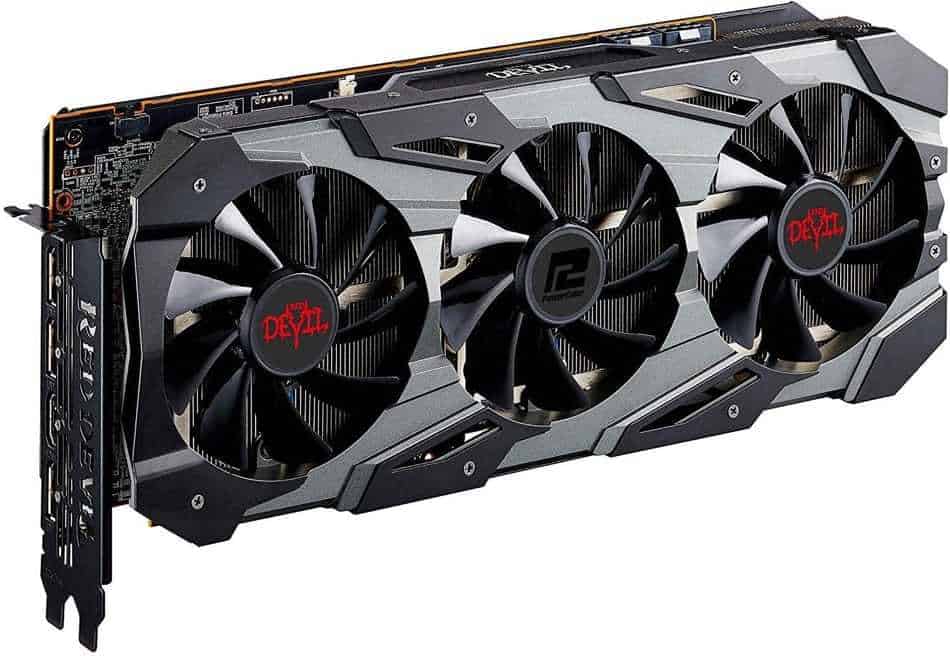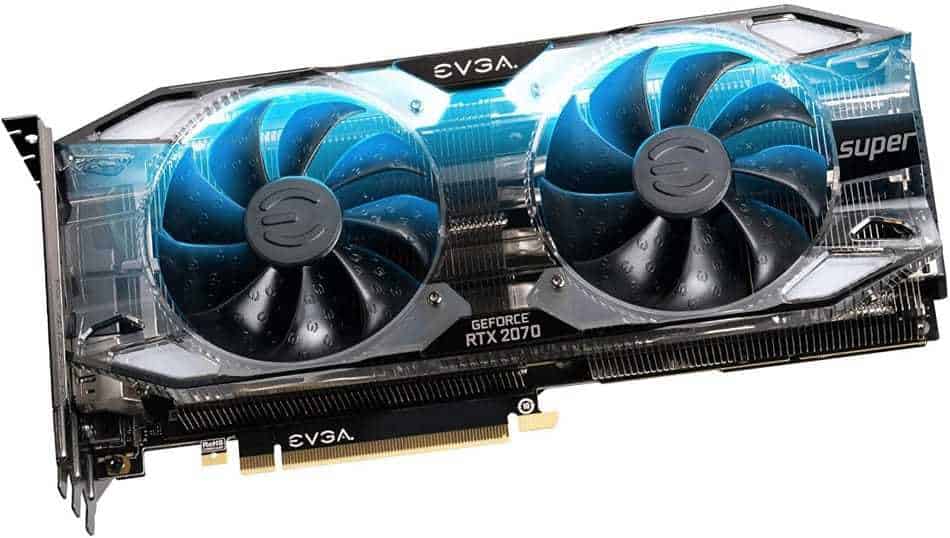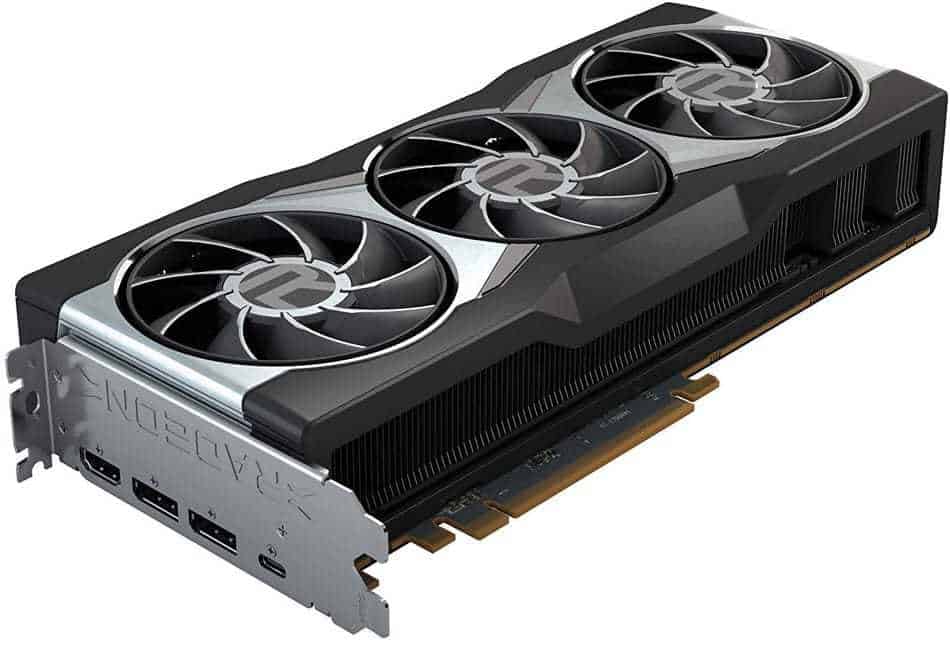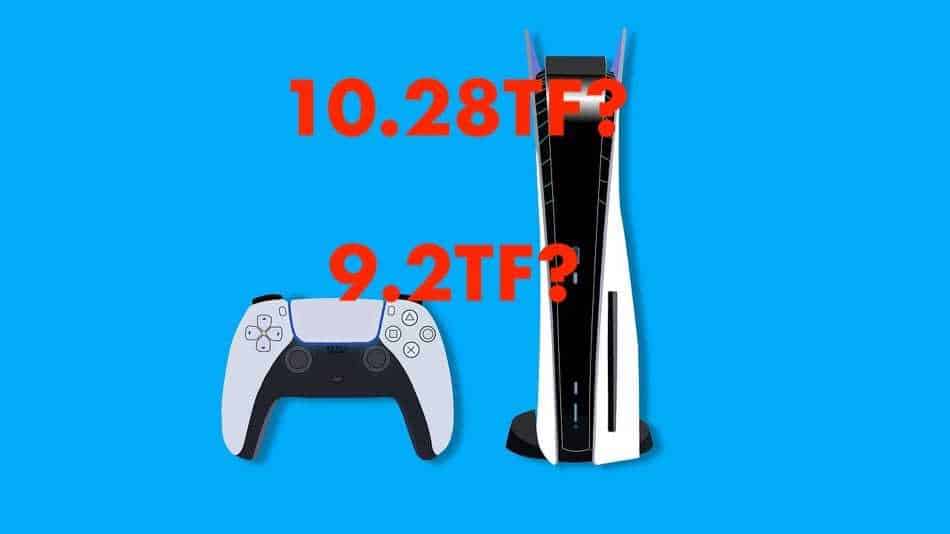A mate of mine was thinking about replacing his aging, though brilliant for the time, Nvidia GTX 970 graphics card.
But before he jumped and spent the cash, he came to me and asked what PC graphics card is equivalent to the power inside the Playstation 5.
I had a rough idea of how powerful the PS5 was: 10.3 teraflops. So I thought a graphics card of that sort of power would do a fine job.
But I wanted to do a little research on the matter before giving a definitive answer.
With that in mind, I swung open my cloakroom door, donned my sherlock outfit, and formed an investigation.
This is what I found:
What is the PS5 GPU equivalent? The PS5 GPU has a total potential power of 10.28 teraflops. But in real-world usage when playing games that drops to 9.2. The equivalent PC graphics card, based solely on real-world teraflop output and gaming at the same resolutions, frame rates, and graphical settings, is either an RX 5700 XT or RTX 2070 Super.
Ok, now you have a rough idea of what graphics card is equivalent to the PS5’s graphics power. But, the picture isn’t as clear-cut as you may think.
Read on to see why you may need a more powerful graphics card than you might think…
Exploring the PS5 GPU equivalent: Direct teraflop to teraflop performance.

First of all, it’s important to establish how powerful the PS5 actually is.
The PS5 is 10.28 Teraflops, right?
Wrong!
In real-world situations, when the PS5 is under load, the PS5’s graphical power is around 9.2 Teraflops in sustained gameplay. That’s a drop of 1.08 Teraflops. Or, in other words, a drop of 10.5%.
So what GPU has the equivalent power?
Well, as there are two main GPU vendors, Nvidia and AMD, I’ve picked out two cards.
The first is the AMD RX 5700 XT. This card offers 9.8 Teraflops of computing power making it 6.5% more powerful, on paper anyway, than the sustained teraflop power of the PS5. A good match then. Just keep in mind this card doesn’t support Ray-Tracing as the PS5 does.
From the green team, Nvidia, we have an overclocked RTX 2070 Super, This first-generation ray tracing card packs 9.5+ teraflops of computing power. Just slightly above the PS5.

These GPUs are also future-proofed with 8GB of graphics RAM which is used for textures and other graphical assets.
That may seem small compared to the PS5’s 16GB of RAM. But keep in mind, games only have access to about 12GB of that 16GB RAM pool.
Plus, PCs also have a separate pool of RAM, the system RAM. The GPU’s RAM is just for graphics, whereas the PS5’s is shared.
Taking everything into account, on paper, these GPUS will let you mimic the PS5’s graphics, resolution, and frame rate output almost exactly.
However, the real-world GPU power you’ll need to achieve PS5 console-like performance is a little different.
Let’s take a look why in the next section.
Real world PS5 GPU equivalent performance and the problem with 30fps gaming on a PC

One of the main issues with performance on PC is the need for games to run at 60 fps instead of 30 fps.
The reason 60fps is needed over 30fps is that PC games, when running at 30fps on a 60hz display or higher monitor, are juddery and inconsistent. This makes 30 fps on a PC seem a lot less smooth than 30fps on a console.
Why is this important? 60fps needs double the graphical power of 30fps. Consoles can get away with running games at 30fps. But PCs can’t.
But why is that?
Well, it’s all got to do with frame pacing.
You see, a TV and a console render at different frame rates. A PS5 might render at 30fps. This means the PS5 draws 30 complete images every second to send to the display.
Whereas most modern TVs render at 60hz. This means the TV refreshes the entire display 60 times a second.
The problem is, the TV has to show something every other refresh. After all the console is only creating 30 frames every second for the TV to show in its 60 refreshes.
The obvious thing for a TV to do is to duplicate each of the 30 frames. 60hz, or refreshes, divides nicely by the 30 frames a console sends out. So each frame needs to stay on screen for 2 screen refreshes.
On PS5, the developer can choose to duplicate the frames before they are sent to the display. This way each frame from the PS5 is kept on the display for 2 refreshes. This is called frame pacing.
When a game is played on a PC, there is no frame pacing.
When a game is running at 30 fps on PC, a 60hz monitor has to guess what to display in between each refresh that doesn’t have a new frame.
The problem with this is most displays aren’t good at doing this.
Sometimes, frames can stay on screen 3 maybe even 4 refreshes before being replaced by a new frame. The next frame may stay on screen for 1 refresh, before being replaced by another frame that stays for 2 refreshes.
This inconsistent time on the screen means that 30 fps on a PC is extremely choppy and juddery. And for me, is nearly unplayable at times.

So what’s the answer?
Well, on PC you need to aim to deliver 60fps to your display, minimum.
But that causes a big problem.
Doubling the frame rate effectively doubles the graphical power needed to render the game.
In theory, to match the PS5 for graphic and resolution, at double the frame rates means you’d need a 20 teraflop graphics card instead of a 10 teraflop graphics card.
For example, AMD RX 6800 XT GPU offers a massive 20.74 Teraflops of computing power. This is a little more than double the real-world power of the PS5 which we established is 9.2 teraflops. The card also supports ray-tracing just like the PS5. It also has 16GB of RAM
If you are an Nvidia fan, you are in luck. The RTX 3070 also offers 20 Teraflops of computing power. Again, more than double the PS5. And of course, all of Nvidia’s RTX cards support ray tracing. In fact, Nvidia’s cards are more effective at ray tracing than AMD’s offering. This card packs 10GB of RAM.
So if you want to experience PS5 like graphics on PC at a jitter-free 60fps, you’ll need one of the two above graphics cards, minimum.
Conclusion
Right then. It’s that time in the article where I give you a lovely summary of everything we’ve talked about:
- The PS5 has 10.28 teraflops of peak graphics power
- It can only sustain this for short periods of time
- Under normal gaming loads, the PS5 can only sustain 9.2 teraflops of graphics power
- 2 of the best graphics cards for mimicking the PS5’s graphics power are AMD’s RX 5700 XT and Nvidia’s RTX 2070 super
- The RX 5700 XT offers 9.8 teraflops of graphics power. This card doesn’t support ray tracing.
- AN overclocked RTX 2070 super offers 9.5 teraflops plus. This card does support ray tracing.
- However, PC’s tend to need more power so they can run at 60fps instead of 30fps
- This is due to inconsistent frame pacing on PC compared to the PS5
- You’ll need double the PS5’s graphical GPU power to play PS5 games at locked 60 fps.
- This means you’ll need a 20 teraflop GPU instead of a 9+ teraflop GPU
- I recommend AMD’s RX 6800 XT. It offers 20.74 teraflops of computing power. It’s over twice as much as PS5. It also supports ray tracing.
- I also recommend Nivida’s RTX 3070. This card offers 20 teraflops of graphics power. Again, over twice as much as the PS5’s sustained 9.2 teraflops of computing power. This card also supports ray tracing.
Keep in mind that you will not be able to build a PS5 equivalent gaming PC for anywhere near the price of a Playstation 5.
A general rule of thumb is you’ll pay $150 per teraflop of performance when buying a PC. That includes the cost of the CPU and RAM to support ever more powerful Graphics cards.
So expect to pay around $1500 for a direct 10TF PS5 equivalent.
I bet the PS5 is looking like one heck of a bargain right now!
What Next?
How do I charge the PS5 controller? The PS5 controller is charged using a USB-C cable. Check out my “How to charge the PS5 controller” to see the best way to keep your controller juiced.
Can the PS5 be laid on its side? Yes, the PS5 can be laid on its side. Take a look at my article here and follow the instructions within.
Thank you
Thanks for taking the time to read this article. I hope you get as much use out of it as I got joy from writing it.
If you want to, please feel free to leave a comment. I’ve gotten rid of the pesky little need for you to input your email. So fire away with your questions, criticisms, witticisms.
Also, though I hate to ask, if you have a spare $3 dollars rattling around in your bank – I know, who does these days right? – I’d really appreciate a coffee to help go towards running this website. I run on coffee, decaf Costas to be exact, and if the coffee dries up, the website may follow. Plus, it’ll help me move towards writing books and courses on how to make money from gaming, which is what this website is really all about.
Anyway, thanks again for your support. I honestly couldn’t do this without you. Bye for now. Nick.
Related content
- Migliori Casino Non Aams
- UK Betting Sites
- UK Casinos Not On Gamstop
- UK Online Casinos Not On Gamstop
- Gambling Sites Not On Gamstop
- Gambling Sites Not On Gamstop
- Slots Not On Gamstop
- Best Non Gamstop Casinos
- Non Gamstop Casinos
- Meilleur Casino En Ligne
- UK Casino Not On Gamstop Self-exclusion
- UK Casinos Not On Gamstop
- UK Casino Not On Gamstop
- UK Online Casinos Not On Gamstop
- Gambling Sites Not On Gamstop
- Non Gamstop Casinos
- Non Gamstop Casinos
- Non Gamstop Casino Sites UK
- Casino Not On Gamstop
- UK Betting Sites List
- Migliori Casino Non Aams
- Migliore Casino Non Aams
- Casino Online Non Aams
- Sites Not On Gamstop
- Casino En Ligne
- Crypto Casino
- Meilleur Casino En Ligne Belgique

